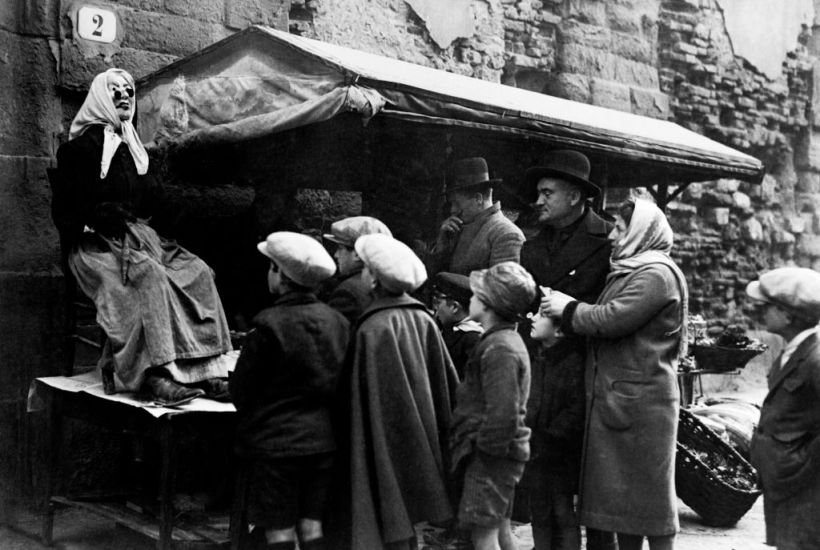In Italy if you are not careful, you are condemned to measure out your life in religious festivals. There are so many of them. Perhaps that’s why I find La Befana a bit of a pain coming as it does so hard on the heels of so many others. Or maybe it’s because it is essentially a pagan festival and our civilisation has lost all contact with that world.
Already a subscriber? Log in
Subscribe for just $2 a week
Try a month of The Spectator Australia absolutely free and without commitment. Not only that but – if you choose to continue – you’ll pay just $2 a week for your first year.
- Unlimited access to spectator.com.au and app
- The weekly edition on the Spectator Australia app
- Spectator podcasts and newsletters
- Full access to spectator.co.uk
Or




















Comments
Don't miss out
Join the conversation with other Spectator Australia readers. Subscribe to leave a comment.
SUBSCRIBEAlready a subscriber? Log in